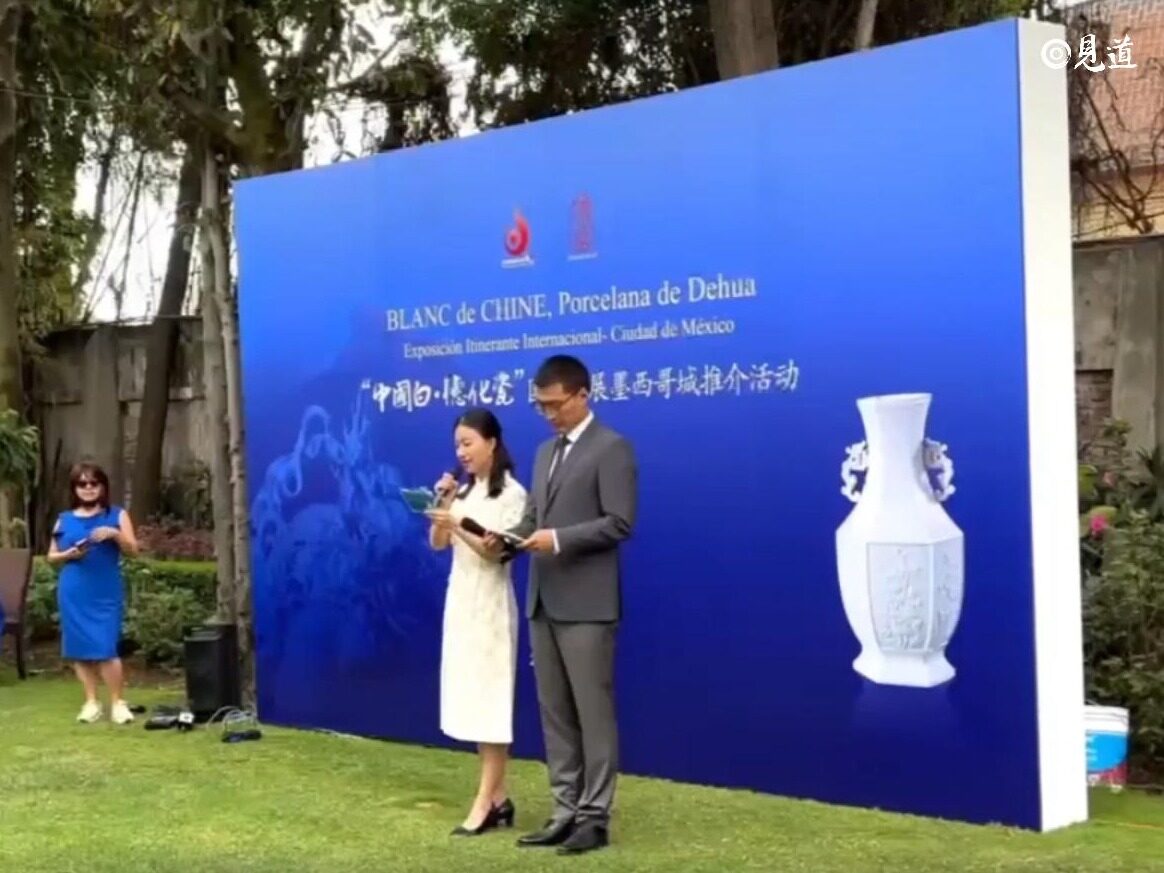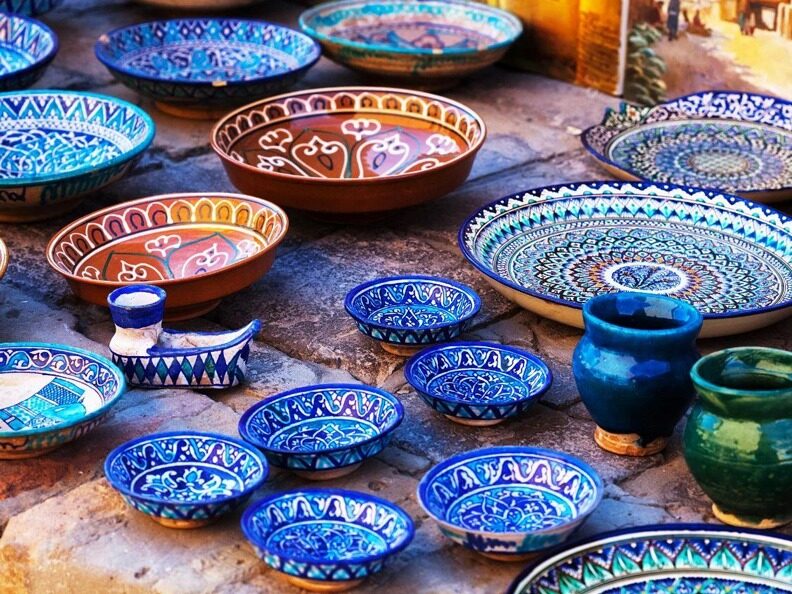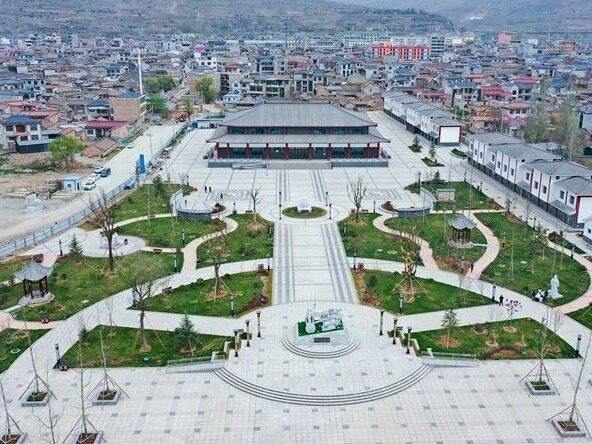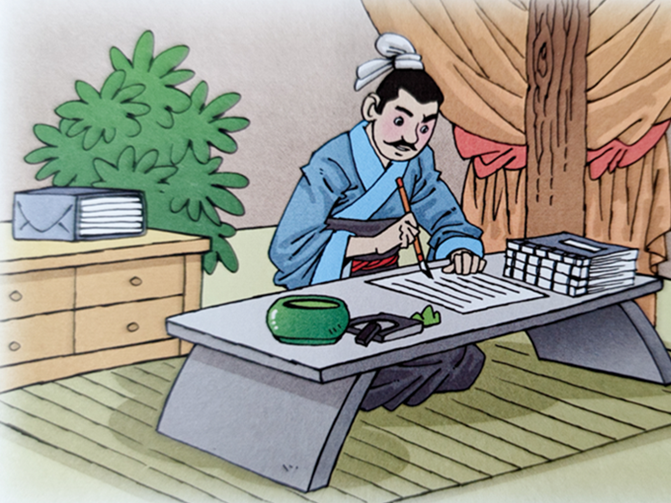- The arch is also known as fighting, paving, etc. It has a very long history of its production and development

The bucket arch is a unique component of ancient Chinese architecture. It is mainly used for wood structures, also known as rafters, buckets, rafts, and paving. The generation and development of the arch has a very long history. The example of the arch arch was first seen in the Silong Sifeng copper project unearthed from Zhongshan in the Warring States Period. From the architectural patterns on the sang hunting pots of the Warring States Period more than two thousand years ago, as well as the tombs and murals preserved in the Han Dynasty, the image of the early arches can be seen.
There are three kinds of arguments about the origin of the arch. One is considered to be changed from the cross-out of the well structure; one is considered to be changed by the pick-up beam outside the column; a kind of bracing that is thought to be evolved from the column to the supporting beam, and then evolved into a bucket arch. The bucket arch consists of a square bucket, hoist, arch, cock, and ang, and the transition between the pillar and the roof of the larger building. Between the top of the column, the frontal ridge and the raft or the frame, the load-bearing structure that is formed into a bow from the raft is called an arch, and the square block between the arch and the arch is called a bucket, which is called a bucket arch.

There are many types of bucket arches, and the shape is complicated. The outer arch is located in the outer part of the building, and is divided into the stigma, the flat body, and the corner arch. The structure of the corner arch is the most complicated, and the function is also the largest. The inner arch is located in the inner part of the building, and is divided into a character arch and a partition arch. The structure of the bucket arch is exquisite, beautiful in appearance, and has different practices and styles in various periods. It is a good decorative component and a symbol of the difference of building grade. The larger the scale, the more luxurious the palace building, the temple building, the temple The more the building and the garden building are used, the more the arches are used, and the houses of the civilians cannot use the arches.
The bucket arch plays an important role in ancient Chinese architecture. It is transmitted to the pillar through the arch of the bucket and then passed to the foundation by the pillar. Therefore, it plays the role of connecting the upper and lower and transmitting the load. The arches are outwardly picked up, and the outermost layer of sandalwood can be picked up a certain distance, making the building more far-reaching and more beautiful and spectacular. It has been used as a basic measure of component size for a long time after it has been formed.
The bucket arch is exquisite in construction and beautiful in appearance, and is a very good decorative component. Later, the arches gradually became decorative (later the brick wall was used, and the sputum became much closer and the effect was reduced), which was also a sign of distinguishing the building level. The more expensive the building arches, the more complex and prosperous. The roof of Chinese ancient buildings is more provocative in the form of a bucket arch than the one without a bucket arch, and the seismic capacity is much stronger under the same seismic intensity.
In each of the different ancient architectural periods, there are some subtle differences in the way the arches are made, and the colors and patterns drawn on the arches are different. The shape of the arch is an important basis for studying the historical period of the construction of ancient Chinese architecture. Editor / Zhao Jing
Comment
 Praise
Praise
 Collect
Collect
 Comment
Comment
 Search
Search














Write something~